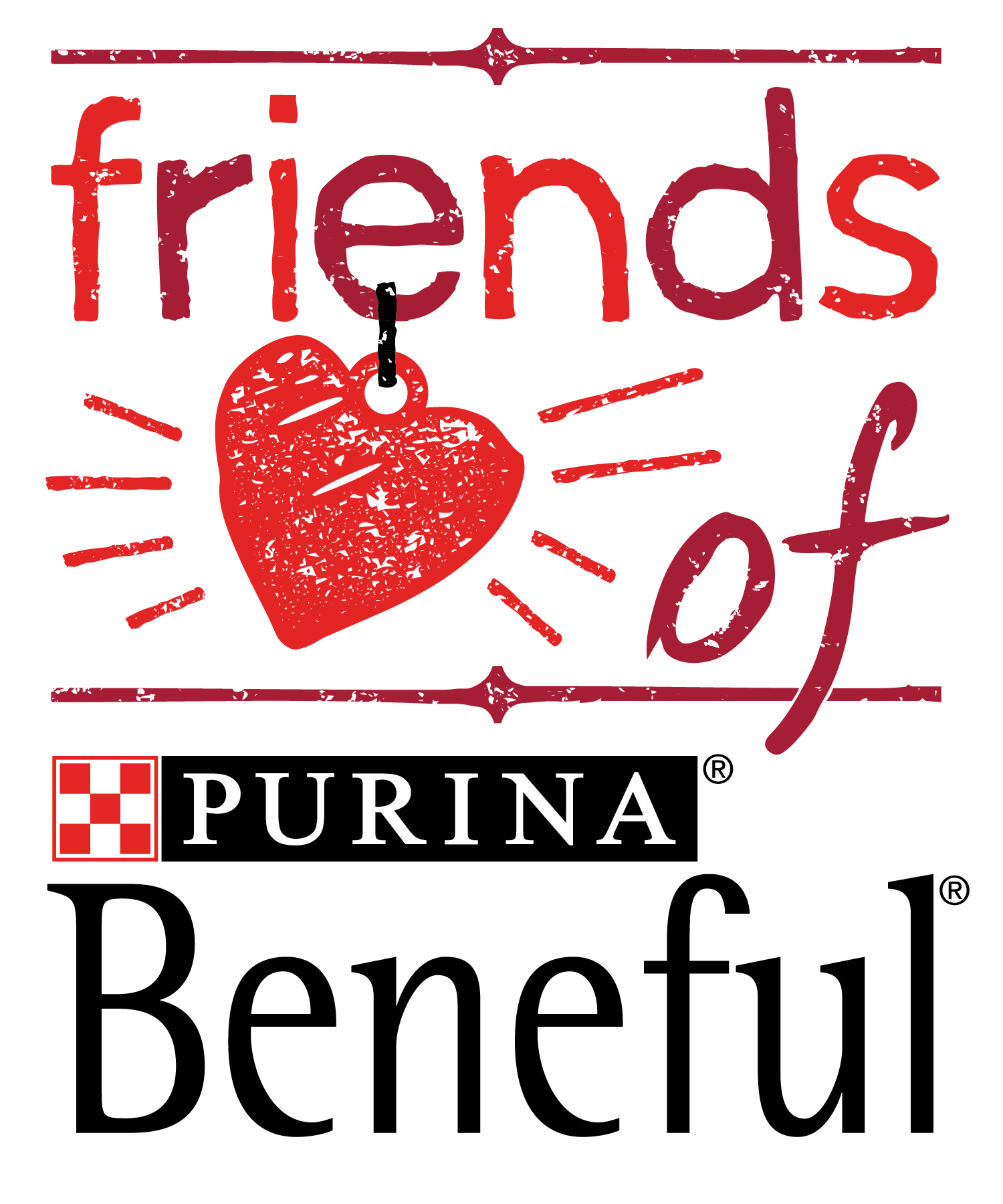Dealing With the Unexpected When You Have Kids
Life is full of uncertainties and unexpected events, especially when you have kids. Suddenly instead of just worrying about your own well-being, you now have another person that relies on you for safety and protection.
Accidents are inevitable and often happen when you least expect it. But that doesn’t mean you can’t prepare and take precautions to minimize the fallout when they do occur. There’s no shame in being a prepared parent who hopes for the best but plans for the worst.
Have Professionals on Speed Dial
 Handling emergencies and accidents on your own isn’t always possible. Sometimes you need help from a professional that can act quickly to correct the situation. There’s a good chance you already have a pediatrician’s number on your speed dial. But what about poison control? Or a lawyer?
Handling emergencies and accidents on your own isn’t always possible. Sometimes you need help from a professional that can act quickly to correct the situation. There’s a good chance you already have a pediatrician’s number on your speed dial. But what about poison control? Or a lawyer?
The team at Bachus & Schanker LLC stresses that parents should research local legal experts and find one that they are comfortable with before an accident happens. Car accidents, injury from a product, injuries that occur on someone else’s property – all these things require you to act quickly. You’ll feel much better knowing you have an expert in your corner if you need them.
Teach Your Kids How to Swim
Swimming is a fun way for kids to get exercise, but it can also be a life-saving skill. Any time there’s a pool or body of water nearby there’s potential for an accident. The Center for Disease Control reports that every day two kids under the age of 15 accidentally drown. Kids between the age of one and four have the highest risk of drowning. Trying to keep kids away from water just isn’t realistic. When water activities are at an all-time high in the summer, kids will want to join in whether they know how to swim or not. The safest thing to do is teach them how to swim. If you aren’t comfortable doing it yourself, check your local YMCA for swimming classes. Many communities also offer this service through the city.
The younger they are when you teach them how to swim, the safer and easier it will be. Reports have shown that formal swimming lessons reduce the chances of drowning for a child between the ages of one and four years old.
Put Safety First When Playing Sports
Sports are another way to keep kids physically active and teach them the importance of teamwork. Unfortunately, injury is a risk no matter what sport they play. That’s why safety has to be the top priority in kids’ sports. Many injuries can be avoided by simply wearing protective gear and playing by the rules. Kids may complain about having to wear safety equipment, but if it’s a rule that has to be followed to play the game they’ll do it.
One great way to get kids on board with safety gear is to let them pick it out. Take them with you to find mouthpieces, helmets, pads, etc. Comfort is extremely important. The more comfortable they feel in the safety equipment the more likely they are to wear it.
Stress Car Safety
Kids can have a difficult time understanding just how dangerous cars can be. They are so commonplace that children consider them just another part of everyday life. That complacency increases the risk of injury inside and outside of the car.
Starting from a young age and being consistent with car safety will help kids respect the rules of riding. Even after your kids grow out of their car seat, make buckling up the norm every time you drive no matter how short the distance is. This means buckling up yourself since you’re setting the example for them to follow. Teaching them the dangers of distracting a driver and not stepping out in the street are also important.
If you have a DVD player and TV in your car, why not start each trip with a safety video? Safercar.gov has a number of videos that are designed to teach kids about car safety. Watching the videos will remind kids that cars are machines, not toys.
Learn CPR
Every second counts when someone has stopped breathing. In the few minutes that it takes paramedics to arrive to the scene of an accident, someone performing CPR could mean the difference between life and death. That’s why safety experts recommend that kids and adults learn cardiopulmonary resuscitation (CPR). Studies have shown that kids as young as nine years old can learn how to effectively perform CPR. A great way to stress the importance of safety and learn this life-saving skill is to take a CPR class or an EMR Course with your kids. The American Heart Association holds courses all year long at locations around the country.
Involving your kids in safety preparations will help them understand the importance of taking precautions and what to do during emergency situations. After all, an ounce of prevention is worth a pound of cure.
















Add Your Comment